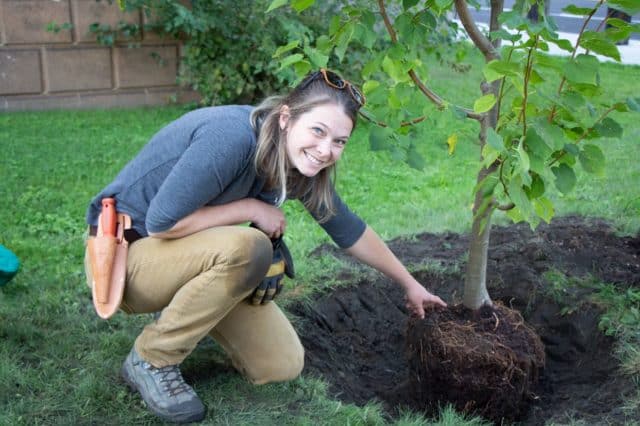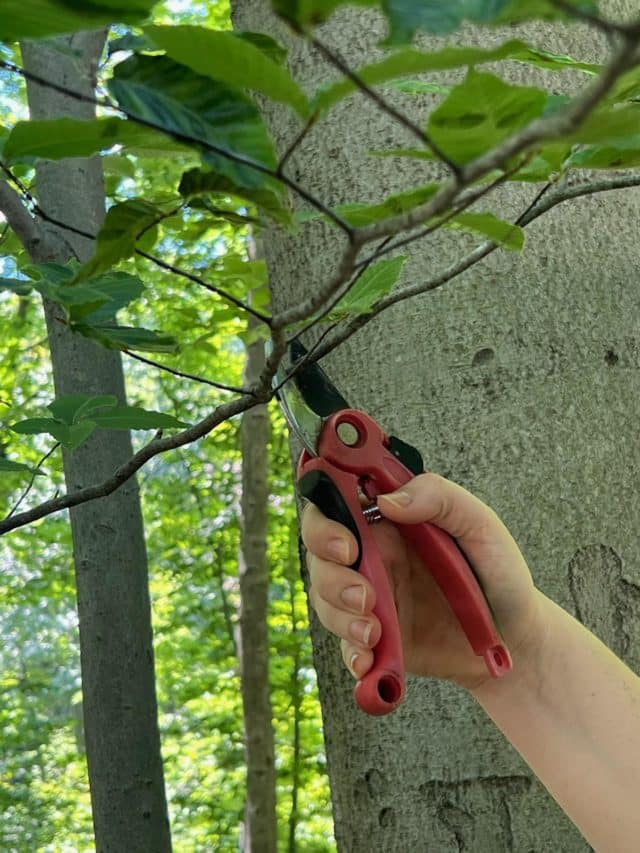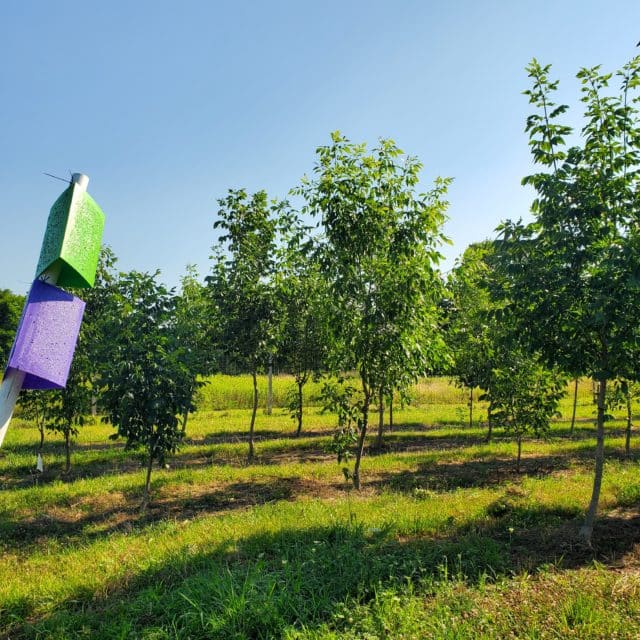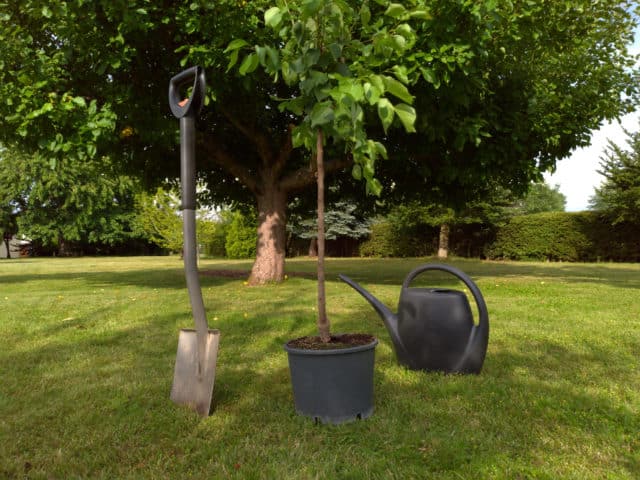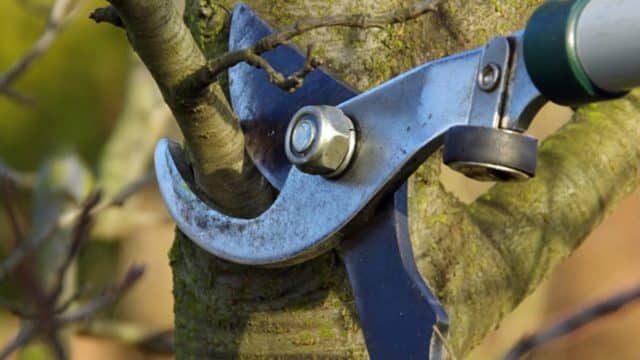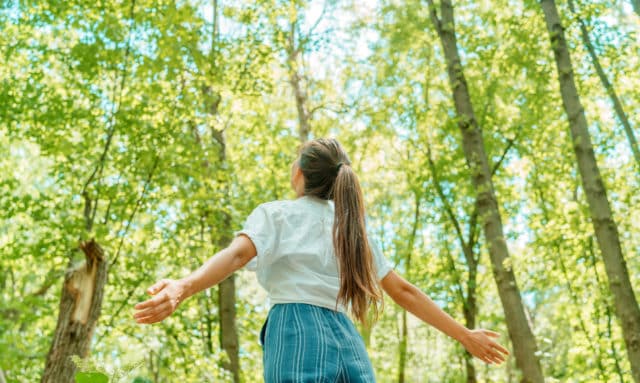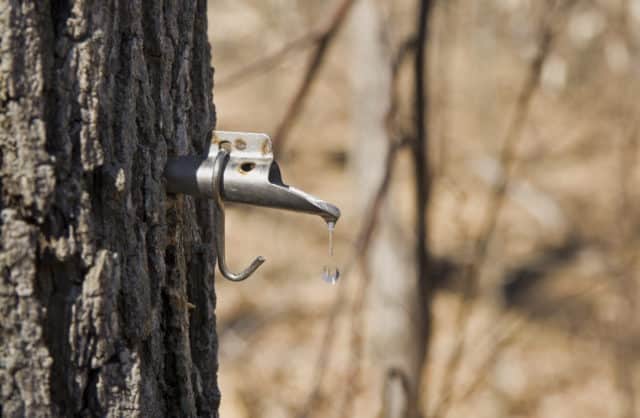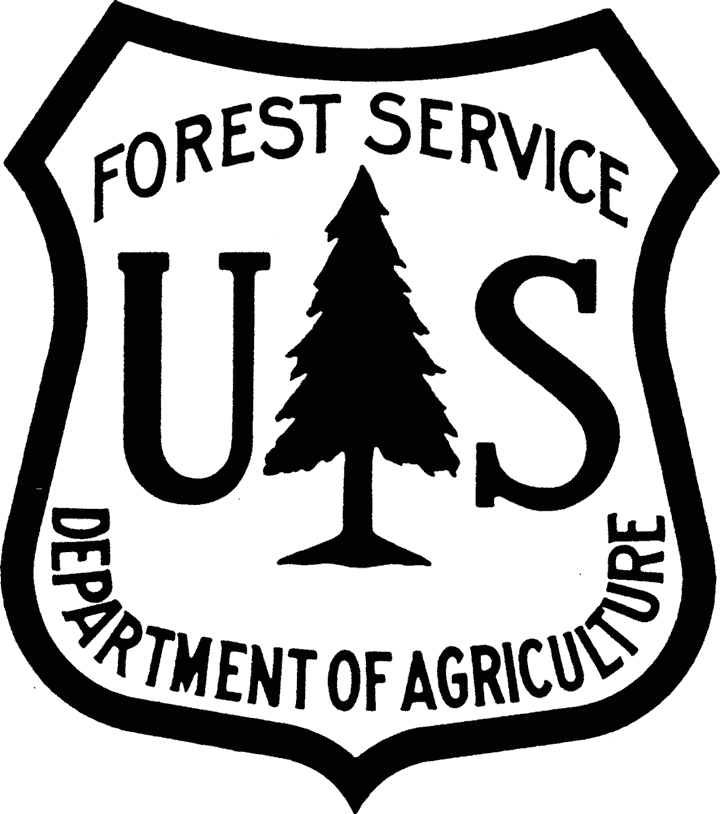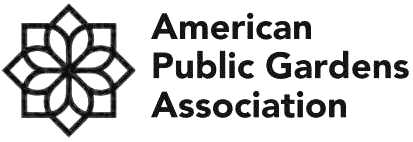
Intentional, informed selection is the first step to tree success.
Quick Links
Tree Selection Guide
Instead of thinking of a tree as an object, it is more helpful to think of deciding on and planning for a tree as one adopt a pet. Before adopting a puppy, a responsible owner-to-be would first consider their home space and then consider what kind of dog would best fit that household… for example, though they start off small, a fully grown Great Dane may not eventually fit in a tiny apartment. Though they require much less daily care, so it goes with trees! Consider the following steps to help you select trees which will flourish in your home landscape.
Site Analysis and Planning
Rather than just consider the appearance of a tree—a fun part of tree adoption to do later—the best first step is considering the available planting sites for your tree. The process can be broken down into four steps:
1. Analyze your planting site:
- Light Exposure – Is there full sun, part sun, shade, or dense shade?
- Soil Drainage – Is there standing water for more than a few hours at any time? If there is, your soil is poorly drained and remediation or selecting a different site may be necessary; most trees will have difficulty establishing in inundated soil.
- Soil Compaction – Is the ground hard like concrete or soft and easy to dig? Hard or dense soils are more difficult for tree roots to establish in and may require site preparation (such as breaking up hard soil) at the planting site ahead of time. (See more in the Planting section)
- Space – Are you planting in a narrow tree-lawn surrounded by concrete or a large yard? Are there obstructions nearby or overhead that will compete with branches or roots? A shade tree planted directly under power lines will one day come in conflict with them. Space consideration is a big part of selecting the right tree for the right place.
- Soil Fertility – This factor is directly related to organic matter content. All urban soils in northeast Ohio are low in organic matter and thus, low in fertility. This is a main limiting factors to growing trees in the Cleveland area. The addition of compost and mulch can assist with soil fertility. See more about ratios of amendments in Planting (link to resource)
2. Decide on how much care you are willing to give your trees. Some trees require more frequent attention with pruning, watering and protecting from pests. Other trees are very low maintenance. All trees will require a little TLC in the first year to three of planting, just to feel truly at home and get established. You can learn more about specific species quirks in our Tree Selection Guide. Also, most nurseries can direct you to ‘low maintenance’, ‘tolerant’ trees, if need be.
3. What function will the tree fill in the landscape? Trees can be used in many ways – for barriers, screening, framing, and accenting to name a few. Most Oaks, for example, are wonderful, tall shade trees at maturity, while Flowering Dogwoods are petite when full grown but have beautiful flowers and form. When you know how a tree is going to be used, select ones which will mature at the size for the function. This will reduce the amount of pruning. This way you will not wind up fighting with your trees in order to contain them.
4. What will look the best? Now that you have the difficult decisions done, you are ready to do what everyone enjoys the most – picking out the aesthetic features you desire in a tree. Colors, textures, seasons of interest – all that your landscaping dreams can conceive.
Criteria for Tree Selection
After compiling criteria from these four steps, take your list to HF&G’s Guide for Tree Selection (link). This will help you identify and list the types of trees that are right for your landscape.
Now you can take your ideal tree list to any nursery and buy your plants with the confidence that you are selecting the right tree for the right place. Once you get to the nursery, there may be a lot of specimens to choose from! Here’s what to look for:
- General Appearance
- The tree should have a balanced shape.
- Make sure there are no bare spots in the foliage, missing or damaged limbs, spotted or discolored leaves.
- The tree should have a single “central leader” (main stem).
- Check the size of the crown and root ball in relation to the caliper of the tree – should not be top heavy.
- Crown
- Seek trees with branches which come off the trunk at between 45° and 90° angles. The closer the angle is to 90°, the stronger the branch will be.
- Wounds from pruning should be callused over or well on their way.
- Branches should be distributed evenly with 6-8” between them on the main trunk.
- Branches should not be longer than 1/4 the height of the tree. Too long limbs place undue burden on the tree.
- Trunk
- The trunk should be straight.
- Look for insect damage such as borer holes.
- The trunk should be free of discolored, swollen, or sunken areas.
- No wound should be larger than 1/4 of the trunk’s circumference.
Types of Trees at the Nursery
Balled-and-burlapped (b&b) trees
Plant in the SPRING in Northeast Ohio

- The trunk should not move independently of the root ball.
- The trunk should be in the center of the root ball.
- Select trees with some indication of a trunk flare at the top of the ball. This indicates you are getting a larger portion of the root system than you would with one in which the trunk flare is buried in the ball.
Containerized trees
Plant in the SPRING or FALL in Northeast Ohio
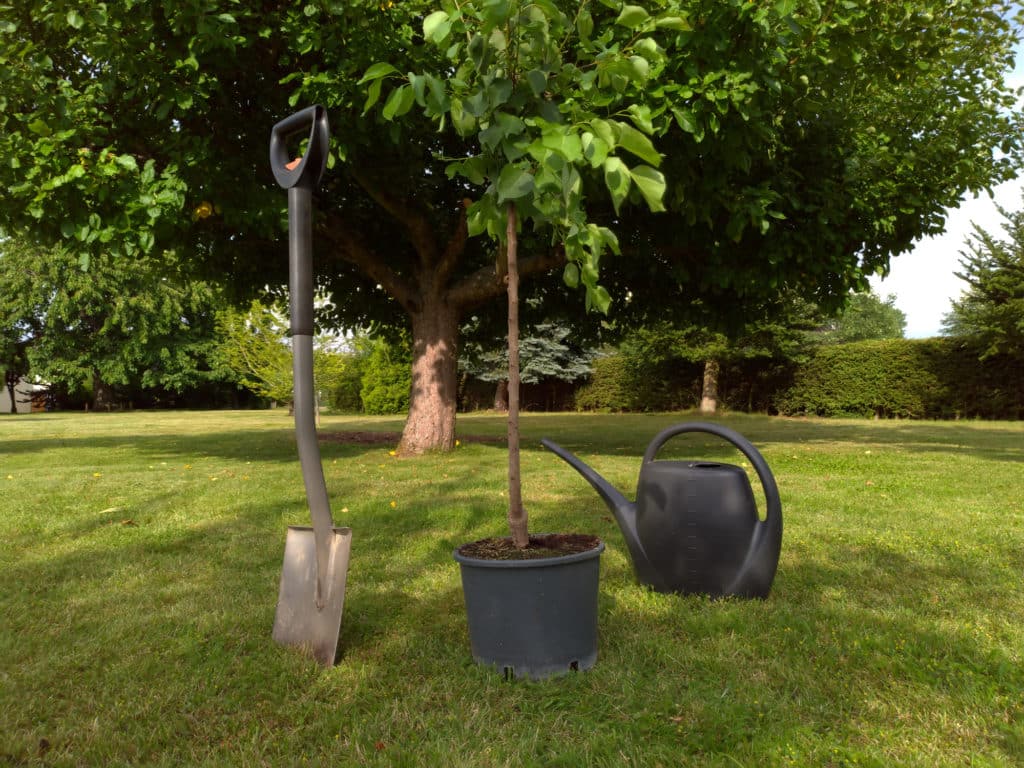
- Pot bound roots are in danger of “girdling” – encircling the pot and cutting off the vascular system. This can continue even after planting.
- Avoid trees that have large roots coming out of the container’s water holes or roots circling on the soil surface.
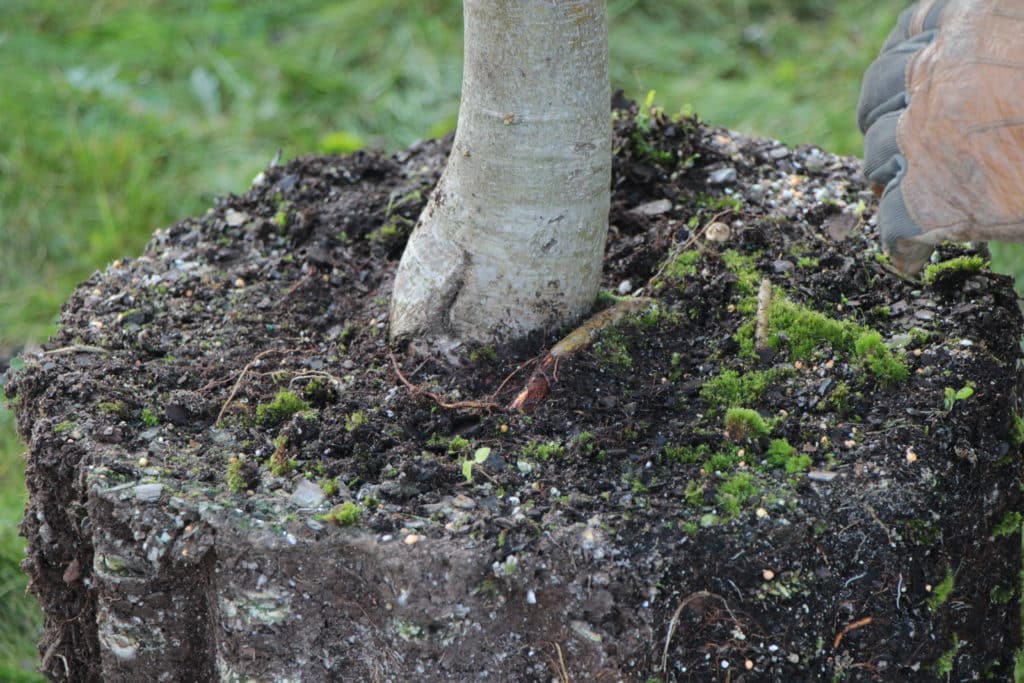
Bare-root trees
Plant in very EARLY SPRING in Northeast Ohio
- When available, bare root is a good choice. Properly dug, they will retain more roots than similar sized B&B trees. Bare-root trees will adapt to their site more quickly.
- Care must be taken to ensure that the roots do not dry out.
- Bare-root trees must be planted before leafing-out.
